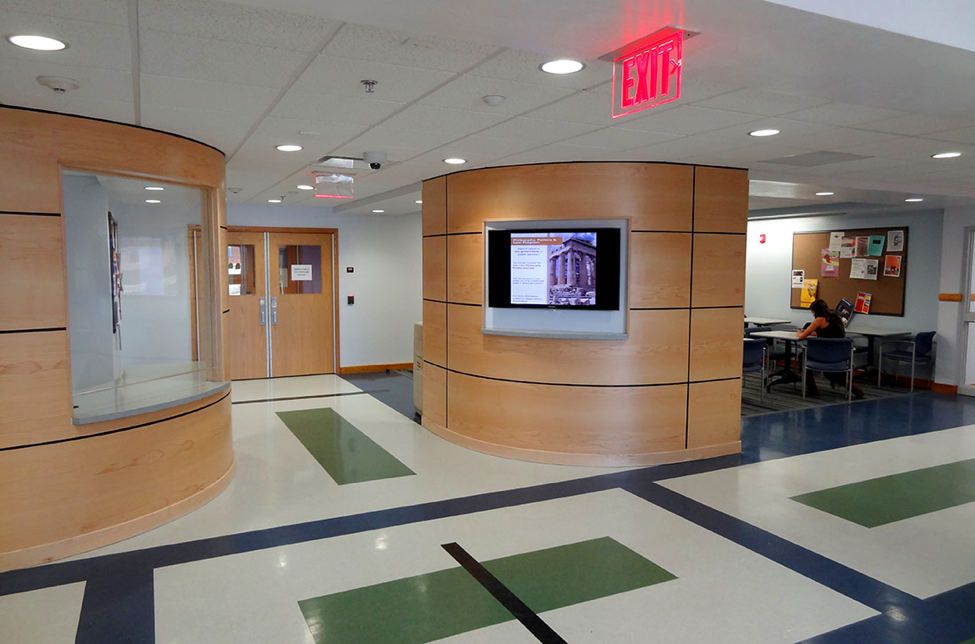Liberal Arts Building Renovation

- Contractor: Kinney Construction Services
“Making our buildings more efficient and healthier for its occupants is a top priority here at NAU,” said NAU’s lead project manager Josh Spear. “Using our resources more efficiently through green building will help protect ecosystems and biodiversity, improve air and water quality, and help mitigate climate change, all while lowering operating costs.”
The Liberal Arts building includes the departments of History and English as well as University Writing Programs. The renovations were started in May 2011 and conducted by Kinney Construction Services (KCS). The project was funded by the SPEED package from the state of Arizona. Apart from some minor upgrades to the third floor a few years ago, this is the first renovation of the Liberal Arts building since it was built in 1963.
The design team Bustamante Kelly Collaborative paired up with LEED consultant Ronald Hand of E/FECT Sustainable Design Solutions to make the certification happen. Renovations of the building included new HVAC and sprinkler systems, two exterior stairwells, fire and safety upgrades, new audio/visual equipment for each classroom, and two new lecture rooms, including a new cinema screening space that will house 200 people. Cosmetic upgrades include new carpet, paint, wood paneling, tile floors, updated bathrooms and a student lounge with a flat-screen television and vending machines.
In addition to the updated classroom and office space provided by the expansion and renovation of the Liberal Arts building, energy and water efficiency were other key components of this project. Although LEED certification was not in the original renovation plan, Spear and NAU’s Planning Designing and Construction department were confident it could be achieved with of the following add-on building characteristics.
Achieving LEED gold
Energy efficiency
- Reduced lighting power density to 15 percent below normal optimizes energy performance.
- Lighting control allows for more responsible use of energy.
- Control of efficient heating, ventilation, and air conditioning (HVAC) systems and equipment within the building.
Construction
- Up to 75 percent of construction waste was diverted from landfills.
- Up to 20 percent of the total materials used in the construction came from recycled content.
- Up to 20 percent of the total materials were manufactured regionally.
Reduced building impact
- Works within the space allotted to the existing building to create a denser development area.
- Maintains 40 percent of interior non-structural components.
- Materials with low-emission of chemicals and pollutants were used for sealants, paints, carpet systems, or wood/laminate adhesives.
Water efficiency
- Water usage within the building was reduced by at least 30 percent.
Technology
- Lighting, temperature and ventilation, compliance, and monitoring systems are all fully controllable to allow for appropriate usage of these systems depending on the time of year and day.